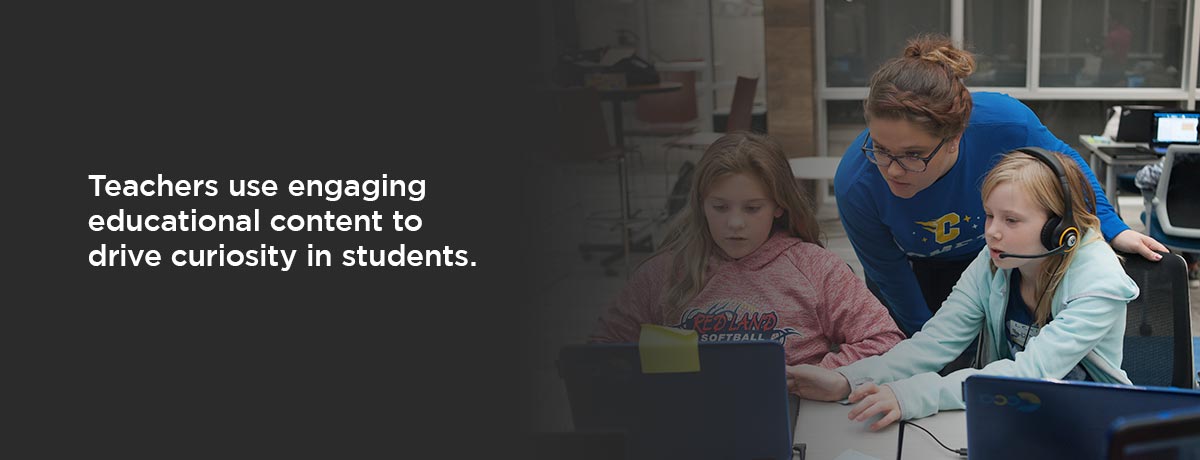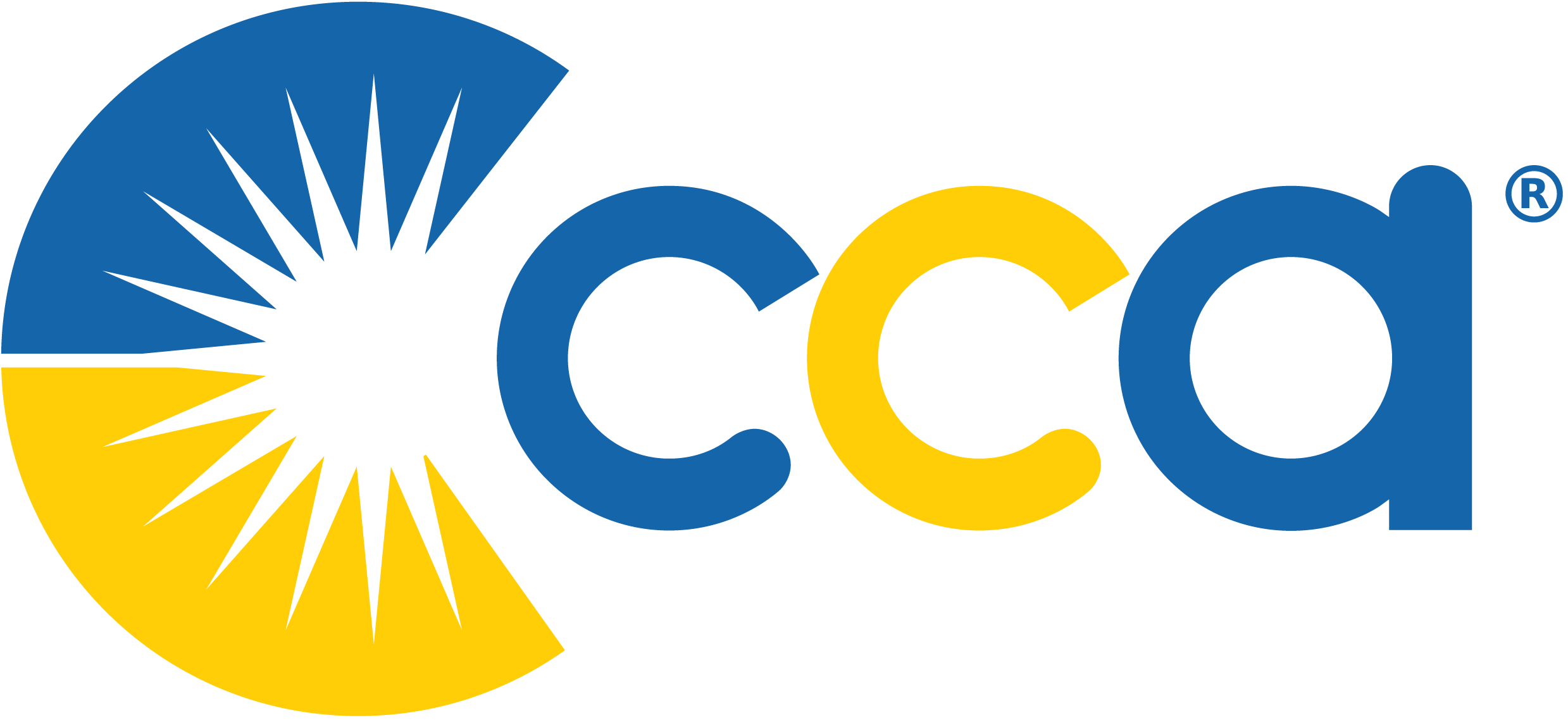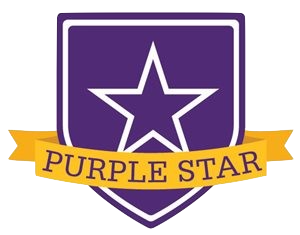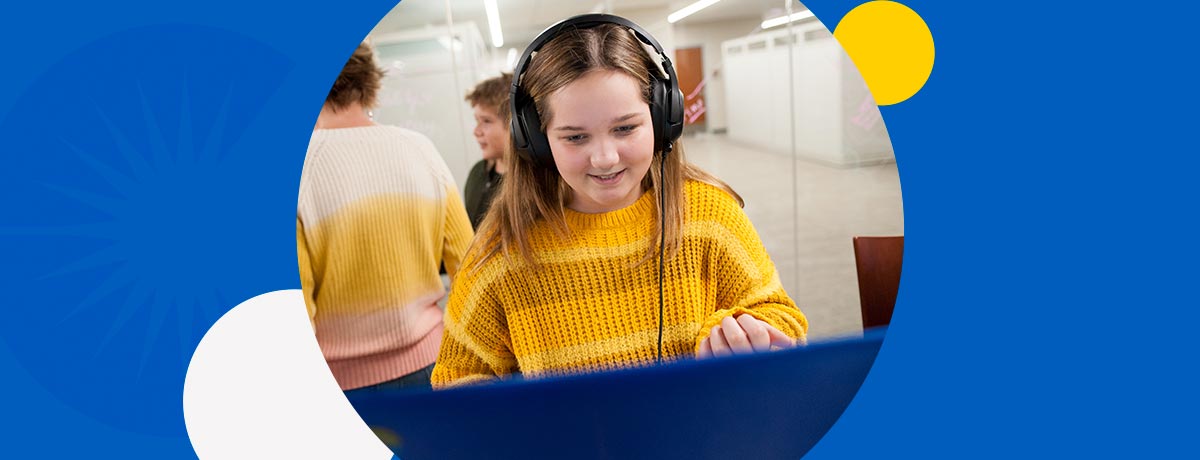As technology continues to evolve, schools are finding new ways to enrich learning experiences for students. By accommodating multiple learning methods and enabling more creative content, technology has made education significantly more inclusive.
Due to a more diverse learning environment, many parents have switched their students from the traditional classroom to cyber school or are considering doing so. How did technology change education for the better? To answer this question, this article will explore the many ways technology benefits learning.
6 Positive Effects of Technology on Learning
From customized learning to engaging course content, the impact of technology on education is unmatched. Below are six ways digital platforms can enrich the classroom.
1. More Personalized Learning Experiences
Technology allows customizable learning environments for both students and teachers. For starters, students can attend classes using a laptop, desktop, or mobile device.
Instructors can tailor online lessons to students’ strengths and interests. They can allow students to learn at their own pace with 24/7 access to educational resources. When students need to review course material to understand essential concepts better, they can easily rewatch videos in lesson plans.
Additionally, online assignments and activities can generate data for teachers to gain valuable insights. They can see if a student is struggling with a particular subject or concept, providing additional support and assistance to help them succeed.
While technology provides a different learning approach compared to the traditional brick-and-mortar classroom, all students can access information at their own pace in a manner that best accommodates their learning needs.
2. Lessons Tailored to Learning Methods
Because every student is different when it comes to absorbing new concepts, tailoring course material to multiple learning methods is essential to help everyone succeed. Regardless of their preferred method, technology provides many opportunities for students to grow academically. Here are some examples of learning methods and how technology can accommodate each one:
- Visual: Visual learners thrive when working with images, graphics, and text. Visual devices like maps, charts, and labeled diagrams help them understand new concepts. Classroom software offers various techniques for captivating and guiding visual learners. Instructors can display videos, images, and text-based content from their laptops to students’ devices.
- Auditory: Also called aural learners, auditory learners learn best by listening to directions and speaking answers. They generally prefer listening to lectures over taking notes. Auditory learners also tend to thrive in study groups. Educational technology provides multiple methods of audio engagement, from audiobooks to live or recorded online lectures.
- Reading and writing: Reading and writing learners strongly prefer the written word, hence the name. They thrive on books, essays, and other text-based formats. If your child learns well from written sources, a quality laptop can be used for online research, notetaking, and preparing documents. They may also benefit from taking notes with pencil and paper during class.
- Kinesthetic: Kinesthetic learners prefer hands-on, participation-based learning. These methods include lab experiments, case studies, and practical applications. Kinesthetic learners thrive from watching and following video demonstrations, as well as using interactive games and software.

3. Engaging Content Accessible to All
Teachers use engaging educational content to drive curiosity in students. Research shows that engaging students in the learning process can improve focus and attention span, motivating them to engage in higher-level critical thinking. Engaging lessons can better help students grasp difficult concepts. Technology makes it easy to create engaging course material through the use of videos, podcasts, or augmented reality (AR).
When submitting assignments, for instance, students can include photos or videos to enhance the visual aspect. They can design PowerPoint slides to accompany a presentation, which can help other students stay engaged with the material. Video conferencing makes it possible to connect with students across the globe, which provides an array of opportunities for interactive lessons and discussions.
4. More Opportunities for Collaboration
Technology can help foster teamwork and collaboration in the classroom. Teachers can engage with students during lessons and encourage them to communicate with each other.
Students can work together to build problem-solving skills through online learning games, lessons, and open discussions. Collaborative activities are a great way for them to share their thoughts and ideas, helping each other along the way. They can also work in pairs or groups to complete projects or presentations, as virtual meetings make it easy to connect from different locations.
Additionally, technology allows for one-on-one discussions between students and teachers. The student can ask course-related questions, seeking additional help on more complex subject matters.
Collaboration is an integral skill that children develop throughout their educational careers. Cyber school students can build valuable communication skills through video conferences, online collaborative platforms, emails, and other remote features. While they can work independently when necessary, they also have many opportunities for group work. In an increasingly digital world, knowing how to collaborate online is important for academic success.
5. Creativity Options
When used properly, technology allows students to explore their unique potential in creative, meaningful activities. It helps them learn through critical thinking, curiosity, and collaboration. Below are merely three of the many ways technology can stimulate creativity in the classroom:
- Audio and visual tools: There are various easy-to-use video and tutorial creation tools available. Students can create their own videos to share with the class, offering a great opportunity for them to develop creativity.
- Digital storytelling: A powerful way to communicate with others, digital storytelling reinforces creativity by conveying information in a way that’s easy to internalize and understand. There are many tools to help students create their own digital stories, helping them explore the meaning of their own work and experience.
- Creative thinking blogs: Blogs are a great tool to help students develop creative writing and thinking skills. Students can share thought-provoking material and comment on others’ posts. They can openly discuss their interests and other topics.
6. Increased Productivity
Technology makes it easy for teachers to organize lessons, grade assignments, and provide feedback. They can promptly post lectures and resources for students to access at any time. Therefore, technology can foster a more efficient and productive learning environment.
Additionally, research shows that students and workers are generally more productive when working online or remotely. With no commute, fewer distractions, increased concentration, and more flexible scheduling, it’s easy to see why.
Experience a More Inclusive Education With CCA
At CCA, our flexible online learning environment aims to accommodate every student, schedule, and learning method. Through our personalized education program for cyber students, your child can experience a curriculum tailored to their unique strengths, needs, and interests. They can customize their course schedule to allow for more family time, extracurricular activities, and a better school-life balance overall.
Learn more about how CCA fosters a more inclusive education by contacting us today.



